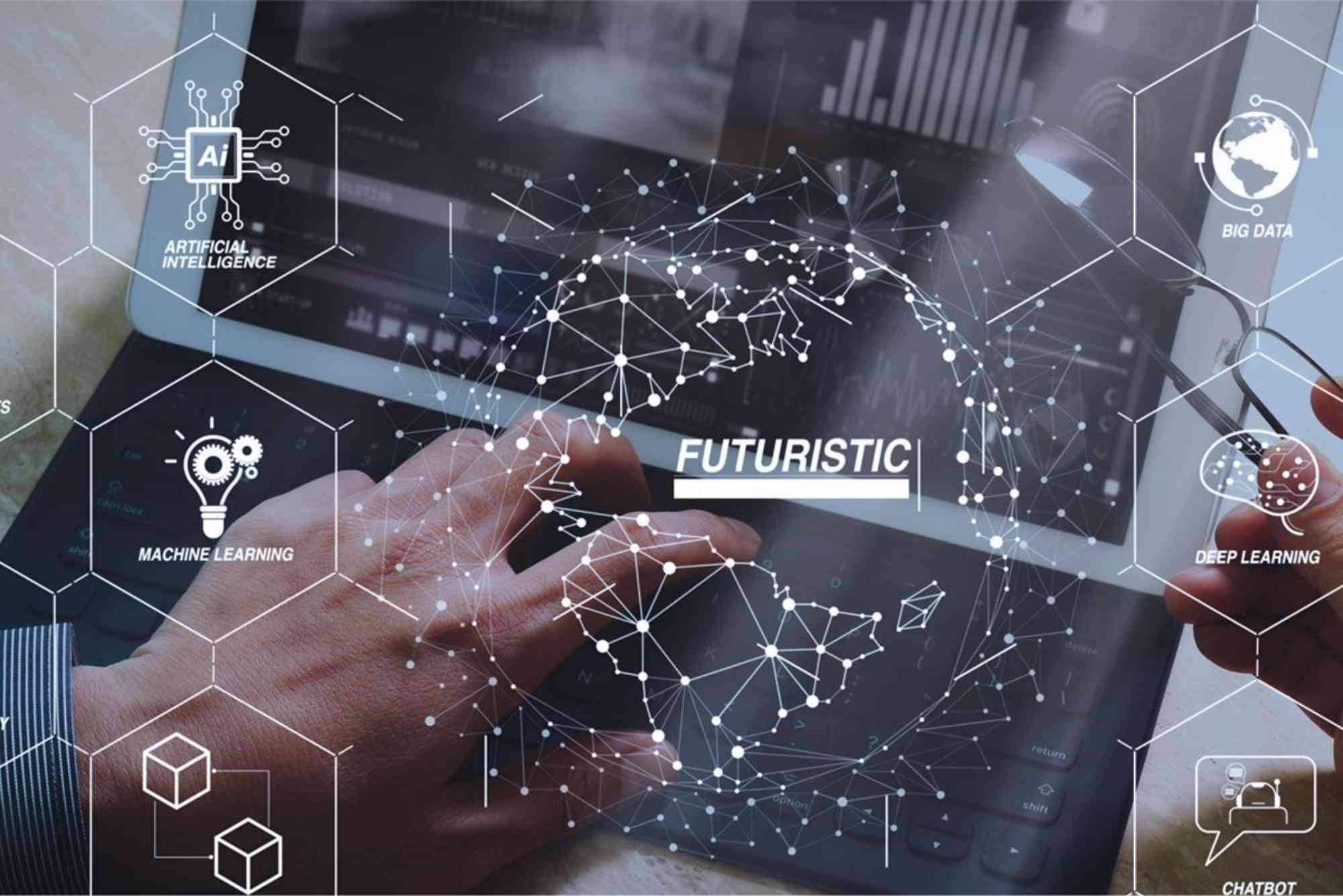Introduction
Information Technology, often called IT, is one of the most important fields shaping our modern world. Whether you are sending an email, shopping online, or streaming a movie, you are using IT. For beginners, understanding this field can seem overwhelming because of the variety of concepts, devices, and terms involved. This guide provides a complete information technology explanation in simple terms, so anyone can understand what IT is, how it works, and why it matters.
What is Information Technology?
At its core, Information Technology refers to the use of computers, software, networks, and other electronic systems to store, process, and share information. IT combines hardware (physical devices) and software (programs and applications) to perform tasks that make life easier, businesses more efficient, and communication faster. This includes everything from the smartphone in your pocket to large-scale data centers powering the internet.
Why Information Technology is Important
The importance of IT cannot be overstated because it is the backbone of almost every modern industry. Businesses rely on IT for managing data, automating tasks, and connecting with customers worldwide. Education uses IT for online learning and digital resources. Healthcare uses IT to store patient records, run diagnostic systems, and support telemedicine. Governments use IT to manage public services and protect national security. Even our personal lives are full of IT applications, from social media to online banking.
Core Components of Information Technology
Hardware
Hardware refers to the physical components of an IT system, such as computers, servers, storage devices, and networking equipment. These devices are the tools that make IT possible, enabling the creation, processing, and transfer of data.
Software
Software is the set of programs and applications that tell the hardware what to do. It includes operating systems like Windows or macOS, productivity tools like Microsoft Office, and specialized programs for different industries.
Networks
Networks connect devices so they can share data. The most famous example is the internet, which connects billions of devices worldwide. Local area networks (LANs) connect computers within a building, while wide area networks (WANs) link devices across long distances.
Data
Data is the information that IT systems process and store. It can be numbers, text, images, or videos. In today’s world, data is considered as valuable as physical resources because it drives decision-making and innovation.
Cybersecurity
Cybersecurity involves protecting IT systems and data from unauthorized access, attacks, or damage. It uses firewalls, encryption, and security protocols to keep systems safe.
How Information Technology Works
Information Technology works by combining hardware and software to perform specific tasks. For example, when you send an email, your device uses software to write and format the message, hardware to process the data, and a network to deliver it to the recipient. This process happens in seconds, thanks to the integration of IT systems worldwide.
Everyday Examples of IT in Action
IT is present in nearly every aspect of daily life. Smartphones allow instant communication, GPS navigation, and online shopping. Smart home devices control lighting, security, and temperature. Streaming services use IT to deliver movies and music instantly. Online banking lets you transfer money or pay bills without visiting a bank. Social media platforms connect people from different parts of the world in real time.
Benefits of Learning Information Technology
For beginners, learning IT offers many benefits. It opens the door to better career opportunities because almost every company needs IT professionals. It improves problem-solving skills and increases productivity in personal and professional life. It also provides a deeper understanding of the tools and systems we use daily.
Challenges in Information Technology
While IT has many advantages, it also comes with challenges. Cybersecurity threats are increasing as hackers become more advanced. Technology changes quickly, requiring constant learning and adaptation. Managing large amounts of data can be complex and costly. There are also ethical concerns, such as data privacy and the digital divide between people who have access to technology and those who do not.
Career Opportunities in Information Technology
IT offers a wide range of career paths for beginners and experts alike. Some common roles include:
IT Support Specialist
Helps users troubleshoot and fix problems with their devices or software.
Network Administrator
Manages and maintains computer networks to ensure smooth communication between devices.
Software Developer
Creates and tests programs and applications for different purposes.
Data Analyst
Uses data to help companies make informed business decisions.
Cybersecurity Specialist
Protects systems and data from cyberattacks and unauthorized access.
Skills Needed for a Career in IT
To succeed in IT, certain skills are essential. Technical skills include understanding computer systems, coding, and network management. Soft skills such as problem-solving, communication, and adaptability are equally important because IT professionals often work in teams and must explain technical issues to non-technical people.
How Beginners Can Start Learning IT
Beginners can start learning IT by taking online courses, attending workshops, or enrolling in IT programs at schools and universities. Practicing with free software tools and building small projects helps develop practical skills. Staying updated with technology news and trends is also important because the field changes rapidly.
The Future of Information Technology
The future of IT is exciting and full of possibilities. Technologies like Artificial Intelligence, the Internet of Things, and Blockchain are transforming industries. Cloud computing is making IT more accessible, while 5G networks promise faster and more reliable connections. The demand for IT professionals will continue to grow, making it a secure career choice.
Tips for Understanding IT Better as a Beginner
Break down complex concepts into smaller, manageable parts. Use everyday examples to relate IT concepts to real life. Focus on one area at a time, such as networking or programming, before moving on to more advanced topics. Practice regularly, as hands-on experience is the best way to learn.
Information Technology is a powerful and essential part of modern life. Understanding it can improve your career prospects, enhance your problem-solving skills, and help you make the most of digital tools. For beginners, the key is to start small, learn consistently, and stay curious. Technology will continue to evolve, and those who understand it will always have an advantage.
If you are ready to explore the world of IT, start learning today and unlock the opportunities waiting for you in this dynamic field.
FAQs
What is information technology in simple words?
Information Technology means using computers and other devices to store, process, and share information.
What are examples of information technology?
Examples include computers, smartphones, the internet, software programs, and cloud storage.
Is information technology hard to learn?
It can be challenging at first, but with practice and patience, anyone can learn IT skills.
What is the main purpose of IT?
The main purpose is to make handling information faster, easier, and more efficient.




